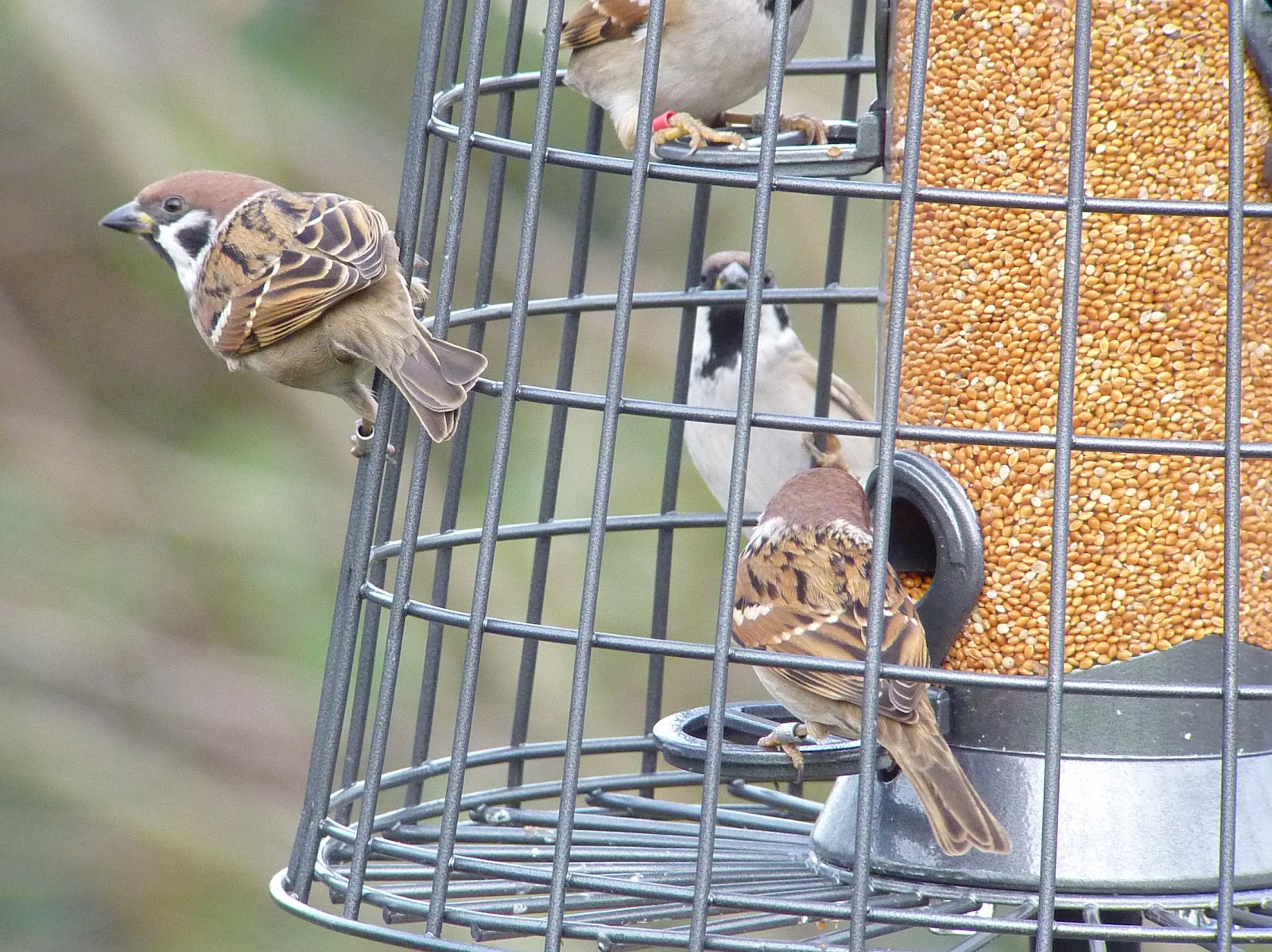Cameras are the new guns
With the rise of ownership and ease of use of digital cameras, the number of birders wandering the field armed with the means of taking a photograph has never been higher. The quality of the results is, as to be expected, mixed - from the professional quality seen on some blogs to those blurred shapes that float in a sea of noise defying identification. This vast tide of image has had many benefits, one of them being a number of good species that have been nailed, that would have, in the past, got away...
Beddington Sewage Farm has been fortunate to have Roger Brown patrolling the lakes with, rather than a telescope, a telephoto lens (that is longer than most small children). He is also blessed with the sharpest pair of eyes that I have come across. Small dots in the distance to most mere mortals appear as frame fillers to him - and he most probably was able to pick these dots up a quarter of a mile further away than the rest of us. But I slightly digress. Roger has a habit of seeing an interesting distant bird (or birds), grabbing a series of images and then blowing them up to reveal their true identity. By this method small specks have proved to be Waxwings and Woodlarks, not to mention a skein of White-fronted Geese that were closer to France than Beddington.These birds would have been lost forever had it not been for the camera.
Graham James at Holmethorpe has a more modest camera set up, but in the couple of months of ownership has nailed a highly probable Red-footed Falcon by reference to previously taken images. He also added Turnstone to the Holmethorpe list when, on looking back at pictures he had taken of hirundines feeding over a lake, noticed the wader flying behind them in the frame!
There are increasingly more records of 'strange birds' in peoples back gardens that have retrospectively been identified as rare, from pictures taken (such as the recent Anglesey Indigo Bunting). This will, I'm sure, become a regualr event. This is good news for rarities committees up and down the length of the country - the photographs are proof that these birds were present, can then be confidently identified (or verified) and the record become a part of our ornithological history.
"What's hit is history, what's missed is mystery" was the old saying regarding shooting birds with guns. Now we replace guns with cameras - and that saying is still not too far off the mark.
Beddington Sewage Farm has been fortunate to have Roger Brown patrolling the lakes with, rather than a telescope, a telephoto lens (that is longer than most small children). He is also blessed with the sharpest pair of eyes that I have come across. Small dots in the distance to most mere mortals appear as frame fillers to him - and he most probably was able to pick these dots up a quarter of a mile further away than the rest of us. But I slightly digress. Roger has a habit of seeing an interesting distant bird (or birds), grabbing a series of images and then blowing them up to reveal their true identity. By this method small specks have proved to be Waxwings and Woodlarks, not to mention a skein of White-fronted Geese that were closer to France than Beddington.These birds would have been lost forever had it not been for the camera.
Graham James at Holmethorpe has a more modest camera set up, but in the couple of months of ownership has nailed a highly probable Red-footed Falcon by reference to previously taken images. He also added Turnstone to the Holmethorpe list when, on looking back at pictures he had taken of hirundines feeding over a lake, noticed the wader flying behind them in the frame!
There are increasingly more records of 'strange birds' in peoples back gardens that have retrospectively been identified as rare, from pictures taken (such as the recent Anglesey Indigo Bunting). This will, I'm sure, become a regualr event. This is good news for rarities committees up and down the length of the country - the photographs are proof that these birds were present, can then be confidently identified (or verified) and the record become a part of our ornithological history.
"What's hit is history, what's missed is mystery" was the old saying regarding shooting birds with guns. Now we replace guns with cameras - and that saying is still not too far off the mark.



Comments